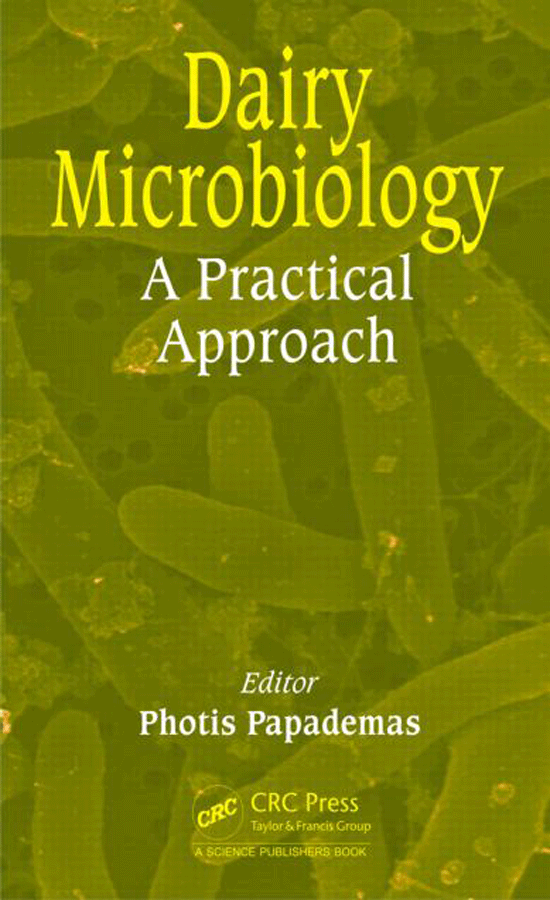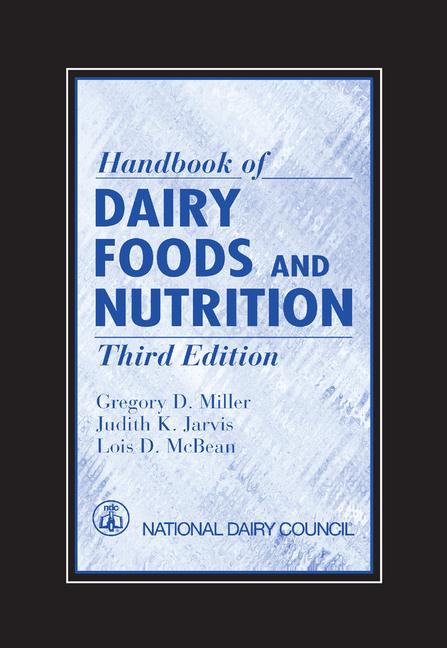Achieve a cleaner label by using dairy ingredients
Nonfat dry milk, whey protein concentrate and dairy ingredients are multifunctional. They can contribute to a cleaner label by replacing emulsifiers, whiteners and even preservatives.

In early March, the state of West Virginia passed a new law making it easier for its citizens to purchase raw milk. To celebrate the passage of the legislation, one lawmaker shared a toast of raw milk with his colleagues. It may have been just a coincidence, but many of the lawmakers ended up getting sick in the ensuing days.
There has been a food revolution in the past few years. Consumers are rejecting “processed foods” even though there’s no clear definition for the term and they are demanding “clean labels,” which are also an undefined entity.
Dairy products can be a fertile substrate for the growth of harmful microorganisms. To meet consumer demand for clean eating and to keep dairy products safe through their shelf life, manufacturers must focus on safety throughout the manufacturing and shelf life of the product. Fortunately there are dairy-derived, label-friendly alternatives for chemical ingredients, including preservatives.
According to Innova Market Insights, the description “no additives/preservatives” topped the global list of clean label claims, with 14.6% of new product launches making that claim in the first three quarters of 2015. Other popular claims included organic (9.25%), natural (6.54%) and GMO-free (4.85%).
Dairy ingredients for clean labels
Clean label is actually a boon for many dairy ingredients, which are perceived as natural and wholesome. And because dairy ingredients have multiple functionalities, they can often substitute for several other ingredients with less consumer-friendly labels.
Cultures with antimicrobial properties can be grown on a base of nonfat dry milk.
“Removing chemical preservatives from items such as sour cream and/or yogurt will result in a diminished overall shelf life,” said John Wyatt, product manager North America/Food Protection, DuPont Nutrition & Health. “Extending shelf life — and in many instances longer than that achieved with chemicals — can be regained by the addition of select protective cultures designed to inhibit specific spoilage organisms. This allows dairy food manufacturers to achieve the expected product quality over an extended shelf life of the product, while also providing an accepted and desired list of ingredients.”
The U.S. Dairy Export Council developed a Technical Report: Dairy Solutions for Clean-Label Applications which addresses the many ways that dairy ingredients can be used to create consumer-friendly labels.
“The manufacturing processes that creates concentrated dairy proteins are considered physical separations and so ingredients like whey protein concentrate, milk protein isolate and lactose would be considered to be ‘clean-label’ ingredients by most consumers,” said KJ Burrington, the dairy ingredients application coordinator at the Wisconsin Center for Dairy Research in Madison.
Regular whey proteins typically have good foaming and emulsification properties but are not as efficient as traditional emulsifiers (with chemical names) at stabilizing emulsions.
“However, specially modified whey proteins are available that can thicken the continuous phase, which helps stabilize the emulsion, while still providing good emulsification properties,” explained Tom Helm, the director of food technology for Grande Custom Ingredients Group. “Typical applications for these whey proteins include mayonnaise, salad dressings and cream soups.”
The dairy industry can draw on other label-friendly ingredients for pudding and beverage applications. At the recent Research Chef’s Association meeting, Florida Food Products explained how an activated fiber can create a gel akin to alginate, carrageen or gelan gums. This ingredient can be labeled as citrus powder.
Most companies have gone through an evolution of gradually replacing chemical ingredients with naturally derived ingredients with similar functionality. Every company should have a policy that explains to consumers their philosophy and how they are striving to create healthier food, and they should share that on their websites and on product labels.
When dairy products are handled properly and a clean-label antimicrobial is used, there should be no safety issues. The product shelf life will be equal to, or greater than, products containing a chemical preservative.
Looking for a reprint of this article?
From high-res PDFs to custom plaques, order your copy today!









